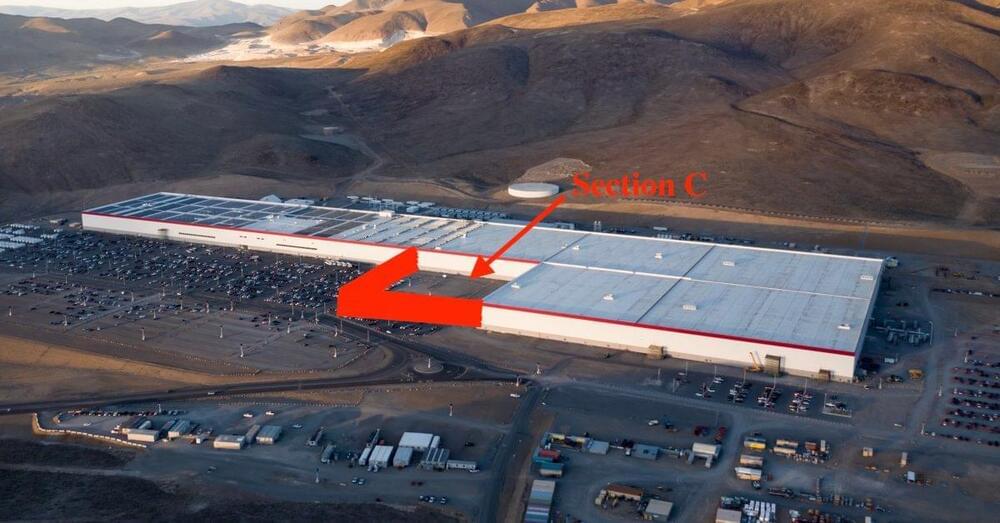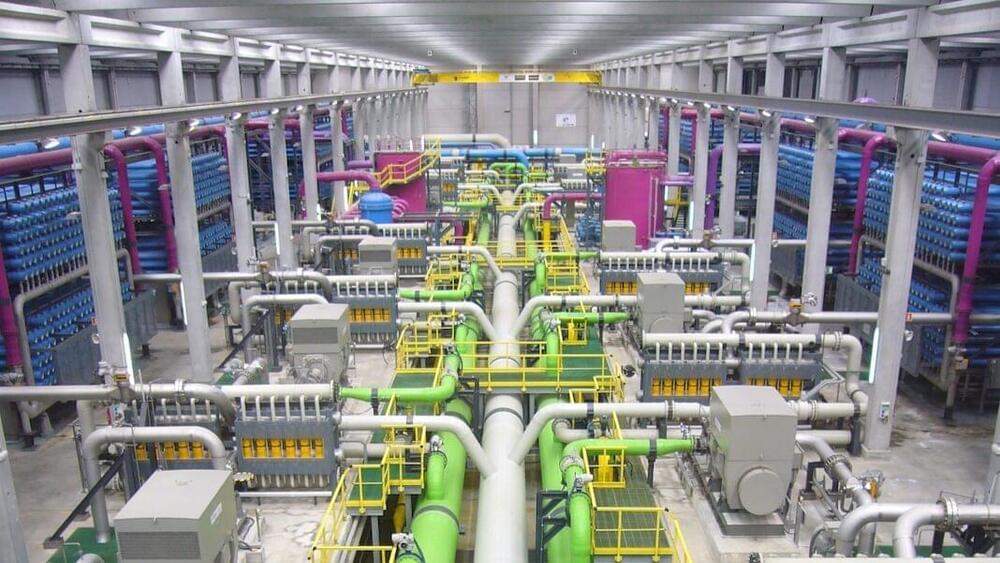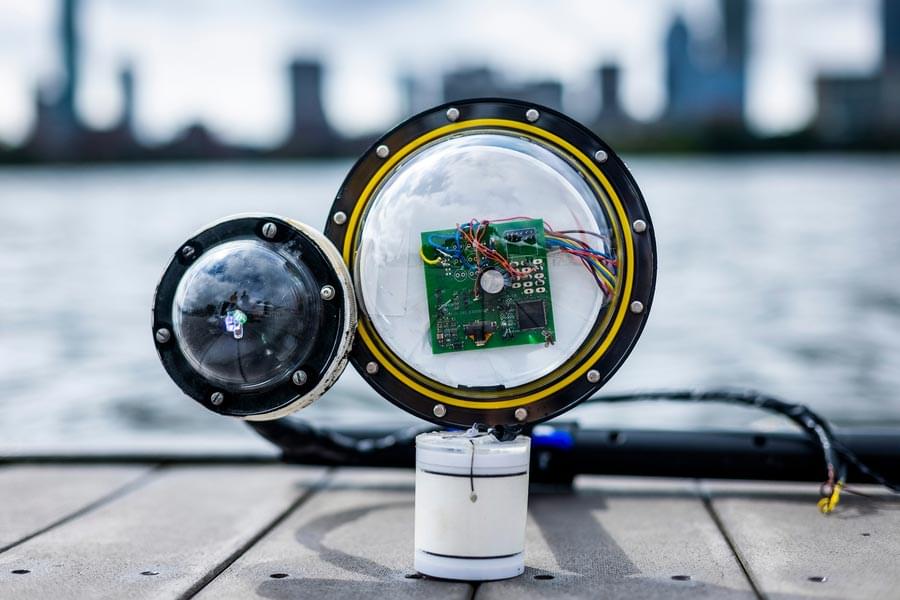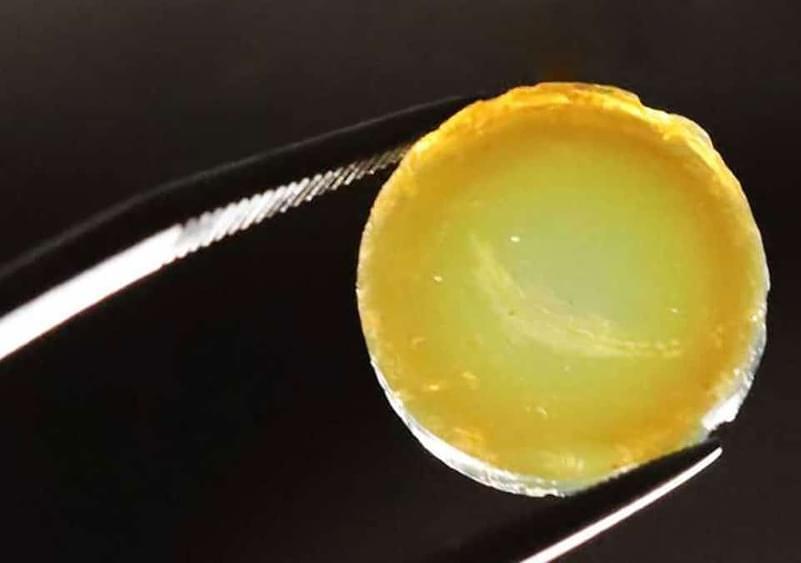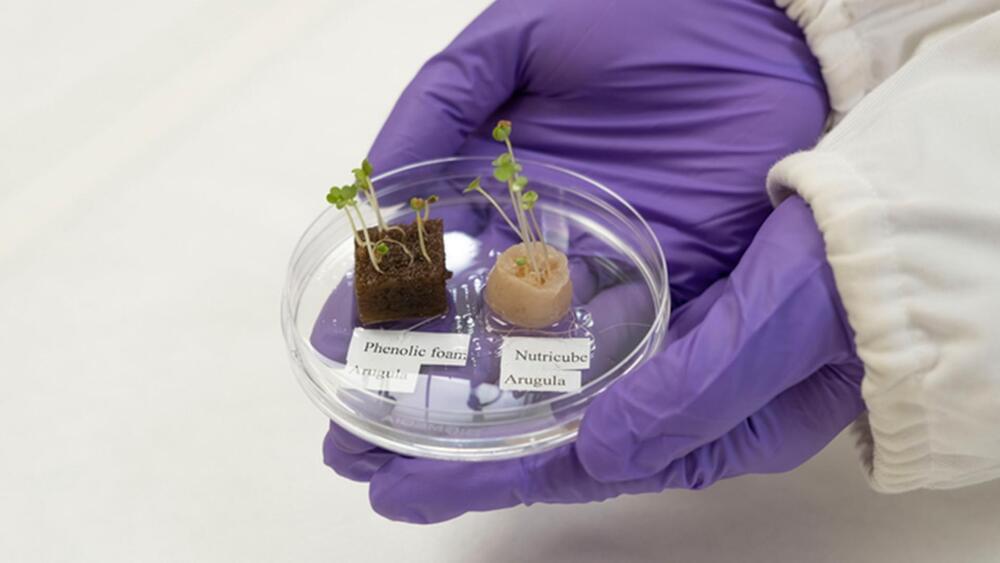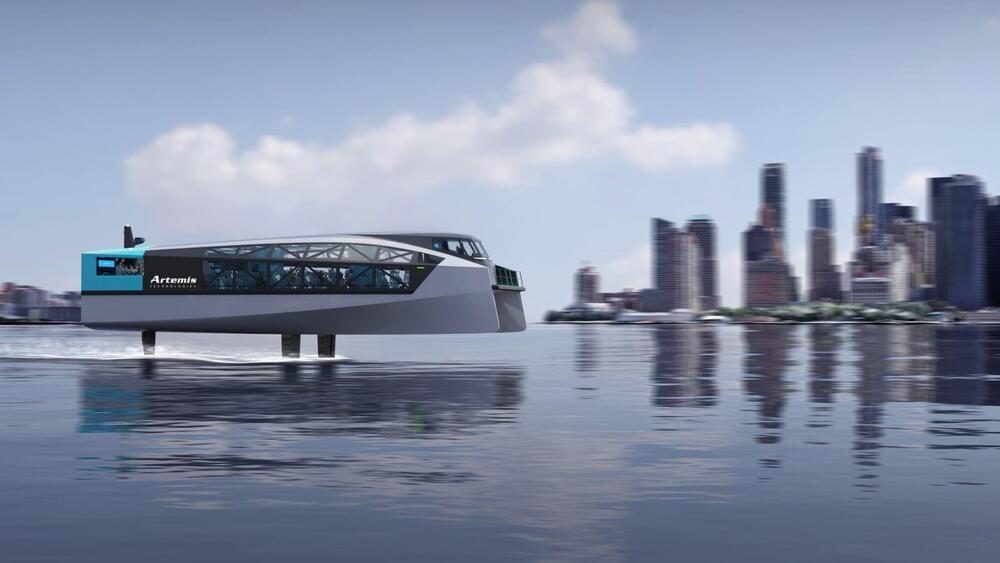Oct 3, 2022
Tesla is finally going to expand Gigafactory Nevada
Posted by Genevieve Klien in categories: energy, sustainability, transportation
Tesla is finally planning to expand the Gigafactory Nevada building after years of being “stuck” at about “30% of its final size.”
Tesla Gigafactory Nevada was the first major step in Tesla’s effort to secure battery cell supply for its ambitious growth.
The automaker partnered with Panasonic to deploy new battery cell production capacity at the facility, and Tesla used those cells to build battery packs for its vehicles and energy storage products.
